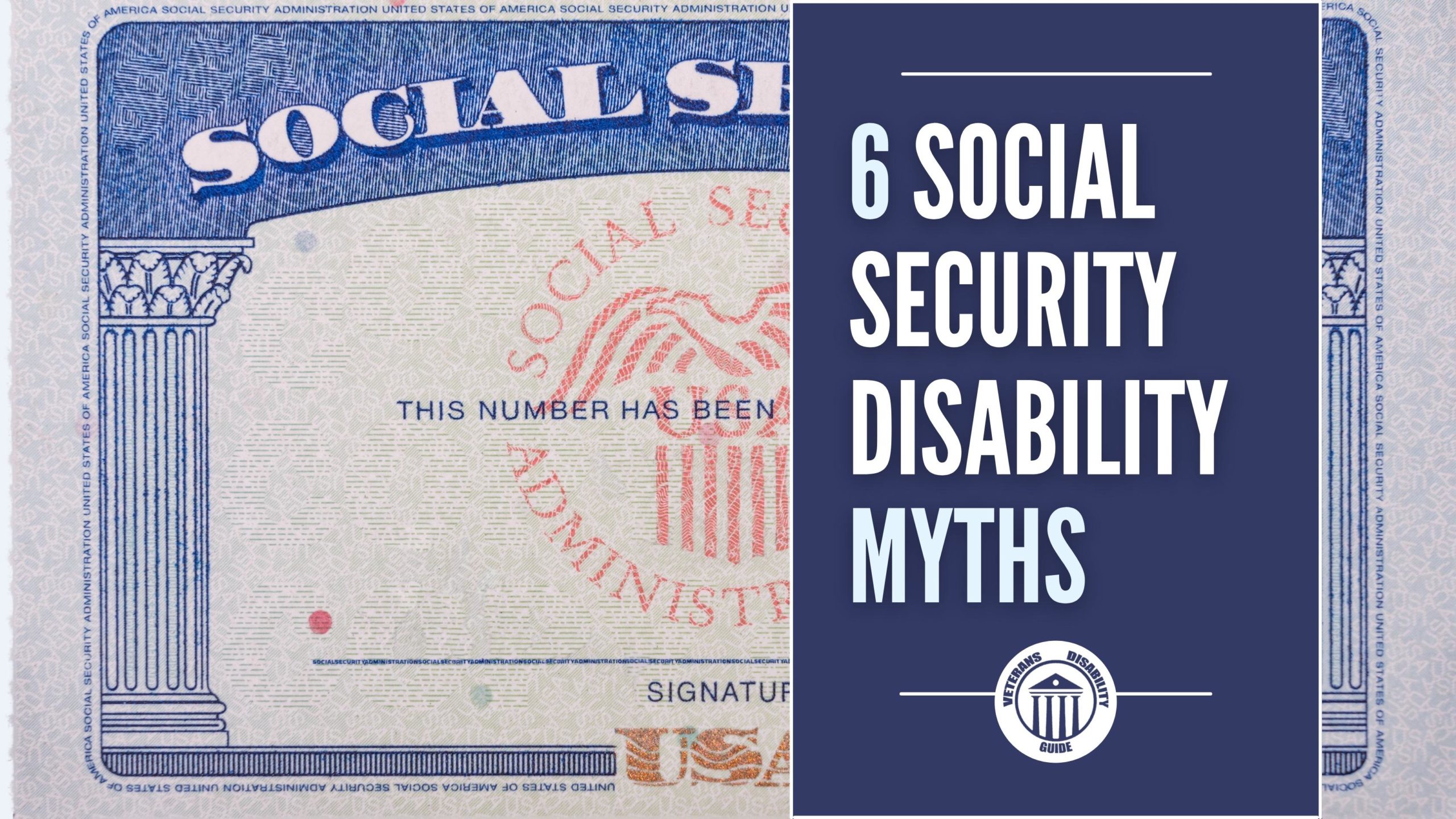
09 Feb Six SSDI Myths and Misconceptions
The Social Security Administration (SSA) reports that in 2021, over 9.5 million people in the United States receive disability benefits. Despite these numbers, many Americans have misconceptions about Social Security disability insurance (SSDI) benefits. Here are six common misconceptions that we hear when speaking to clients about their SSDI claim.
Myth 1:
The amount of money I’ll receive from SSDI is based on the severity of my condition.
Fact:
Your SSDI payment is based on your prior income. The SSA determines how much you will earn by looking at your average earnings during the time you spent working. The amount of money you are able to earn varies from person to person. The SSA offers a benefits calculator that you can use to find how much you may make from SSDI.
Myth 2:
The amount I earn from SSDI can increase if my condition worsens.
Fact:
This is also untrue and related to the response above. Once the SSA has determined your benefit amount you will not be able to increase how much you make. This is because the amount you receive is based only on prior earnings.
See: Why won’t my SSDI benefits increase if my condition worsens?
Myth 3:
If my doctor says I’m disabled I will automatically qualify for SSDI.
Fact:
The SSA has their own definition of disability. While the opinion of your treating doctor is important, ultimately the SSA will have the final say in if your condition qualifies as disabled.
It should also be noted that the SSA finding that you have a disability is a key factor in qualifying for SSDI, but it does not mean you will receive benefits. There are other requirements related to work history and income that can impact your eligibility.
See: What are the SSDI qualification requirements?
Myth 4:
There is a six month waiting period that you must have between leaving your job and filing for SSDI.
Fact:
There is no required waiting period between leaving your job due to a disability and filing for SSDI benefits. In fact, the SSA recommends applying for SSDI as soon as you are no longer working.
This is a common misconception many people have because the SSA requires that you are unable to work for at least 12 months in order to receive SSDI. This does not mean you must not work for a year before applying. It also does not mean your chances of earning benefits are higher if you wait a year.
If you apply for benefits and it has not been at least 12 months since you last worked, the SSA will evaluate your condition. They will determine based on their findings if your disability is severe enough to keep you from working for at least one year. If it is, you may be eligible for benefits. If it is not, you will receive a “durational denial” letter.
Myth 5:
It is impossible to be approved for SSDI benefits.
Fact:
Applying for SSDI benefits can be a long and frustrating process. However, this does not mean it is impossible to earn the benefits that you deserve.
The SSA has a strict criteria for who qualifies for benefits and who does not. Nearly 70% of initial applications are denied. Many often get discouraged when their claim is denied and feel that they will never receive benefits.
A denied claim does not mean that you cannot qualify for SSDI, you have the option to appeal a denial. Appealing an SSDI denial can be confusing, as it involves court and legal proceedings. It is common that a claimant will hire a disability attorney for their appeal to provide guidance with the process.
Myth 6:
If I hire an attorney for my SSDI claim they will take all the money I have been rewarded.
Fact:
It is not required that you hire legal representation for your SSDI claim, although it is recommended. While you may save money short term by not hiring an attorney, your odds of winning your SSDI claim are reduced. A study by the Government Accountability Office (GAO) found that those who hired an attorney for their SSDI claim were three times more likely to win their benefits than those who did not.
Victory Disability is a law firm that specializes in assisting disabled workers with receiving the benefits they have earned and deserved. If we do not win your case, our services come at no cost to you. If your case is won, we charge only 25% of the back pay, or $6,000 -Whichever amount is less. This $6,000 limit is federally mandated and will not change regardless of how much you may earn.
Start your claim today, take our free evaluation by clicking here.


